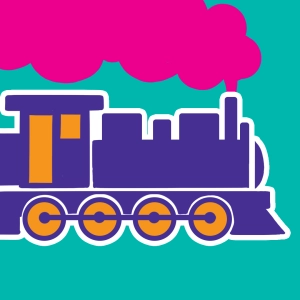 Steam locomotive
Steam locomotive
A steam engine converts thermal energy (heat) into mechanical energy (work) using the following process:
⇒ Burning coal in a furnace (combustion).
⇒ Recover heat to heat water and turn it into steam.
⇒ Heat and confine the steam produced to obtain high pressure steam (live steam).
⇒ Use pressure generated to push a piston within a cylinder.
⇒ Transforming translational movement of the piston into a rotational movement by a crank system.
⇒ expel combustion gases and the expanded vapor.
The first steam locomotives appeared in the early 1800s after the invention of the steam engine. Efficiency was greatly improved with the principle of the dual action machine in which a sliding valve distributes the pressure on the right and left so that the piston is driven in both directions.
The piston is connected to an axle (driving axle) and tie rods are used to drive other axles. The largest steam locomotives had five driving axels (10 wheels for the "Santa Fe" type locomotives).
The low yield of steam explains their disappearance in the 1960s in favor of diesel and electric motors. However, their use for 150 years has accompanied one of the most profound changes in our society: the industrial revolution.
